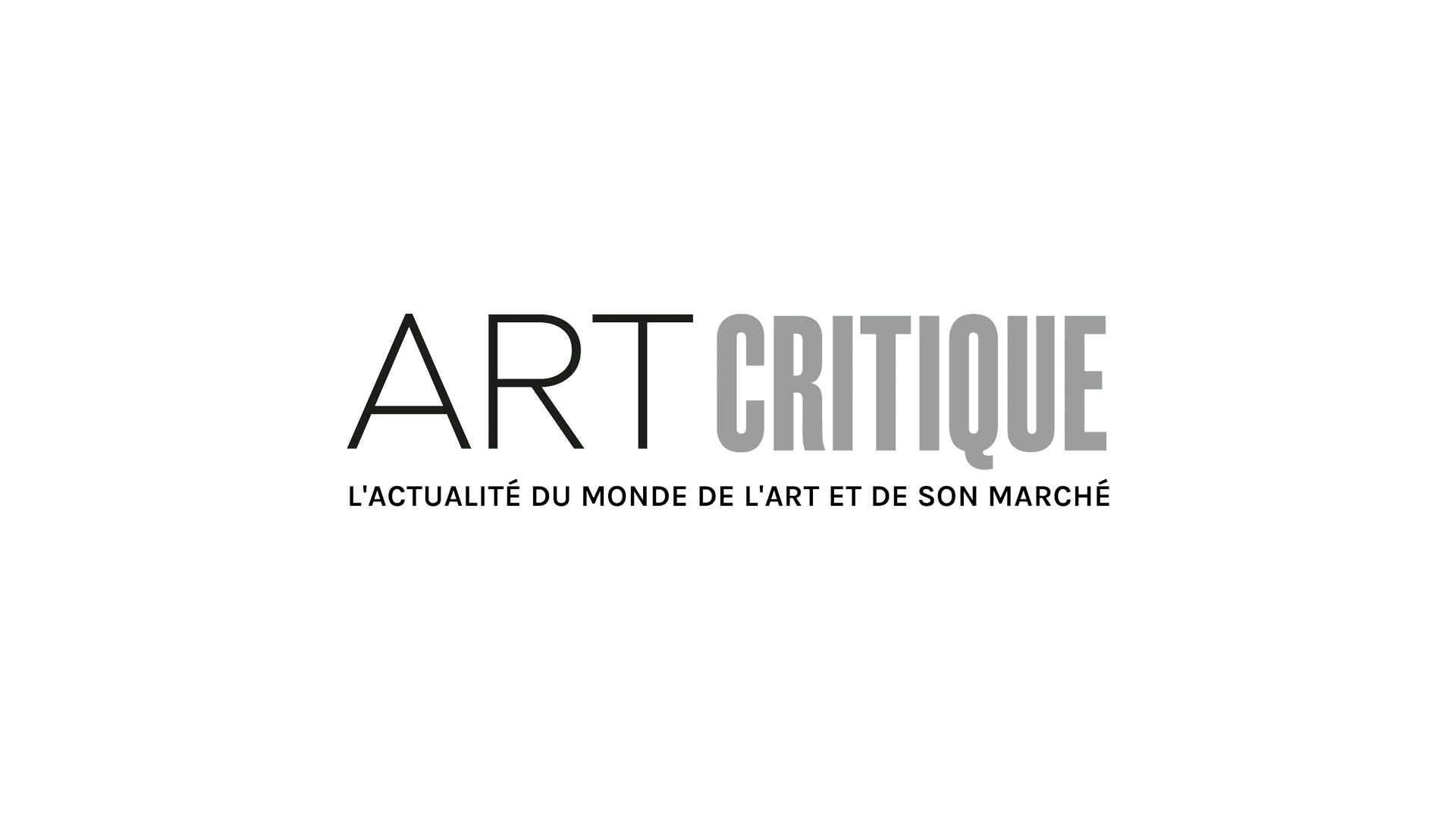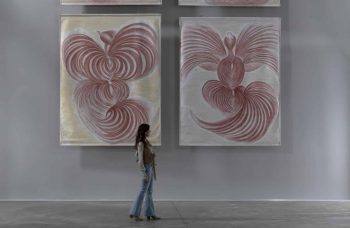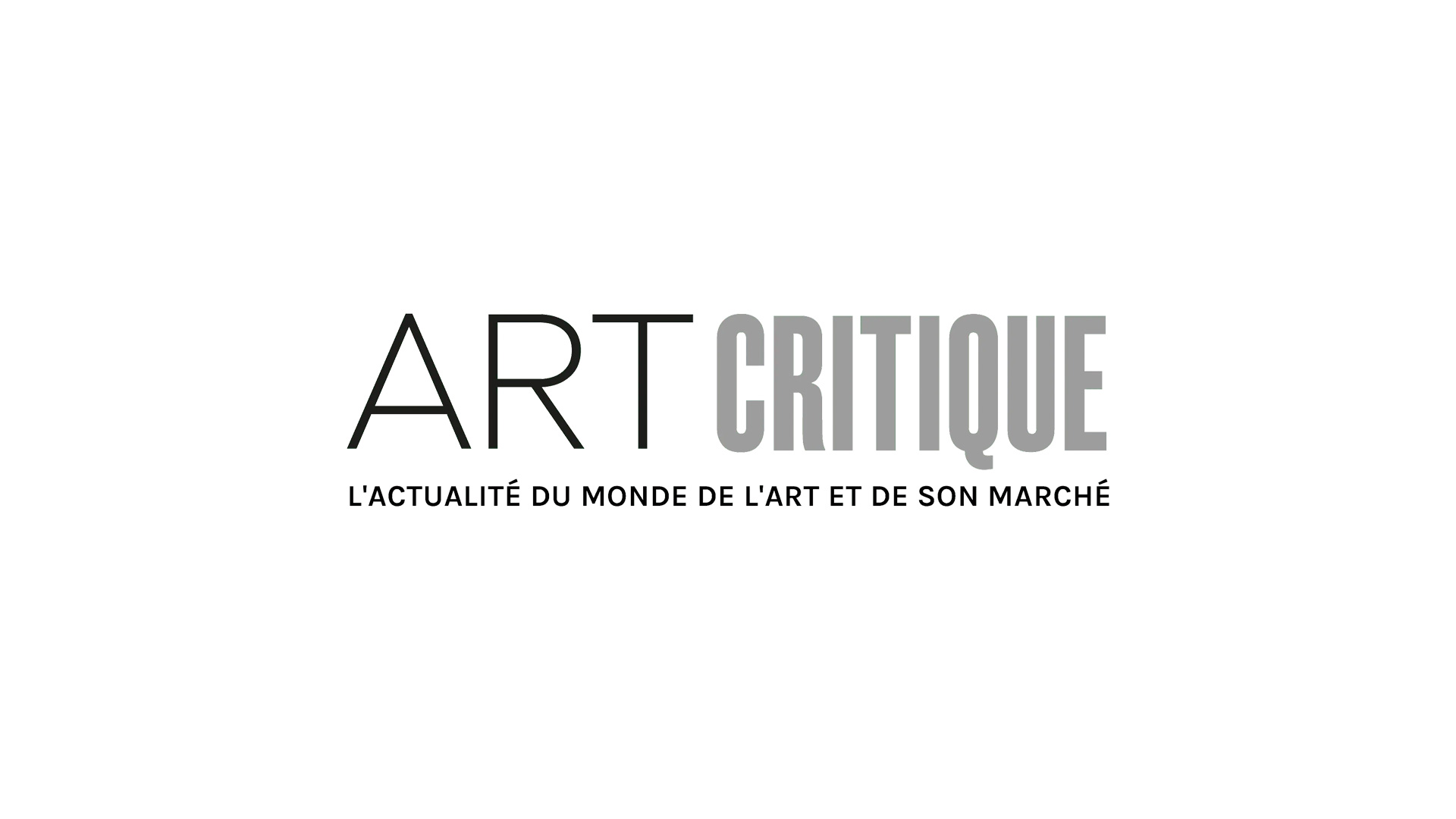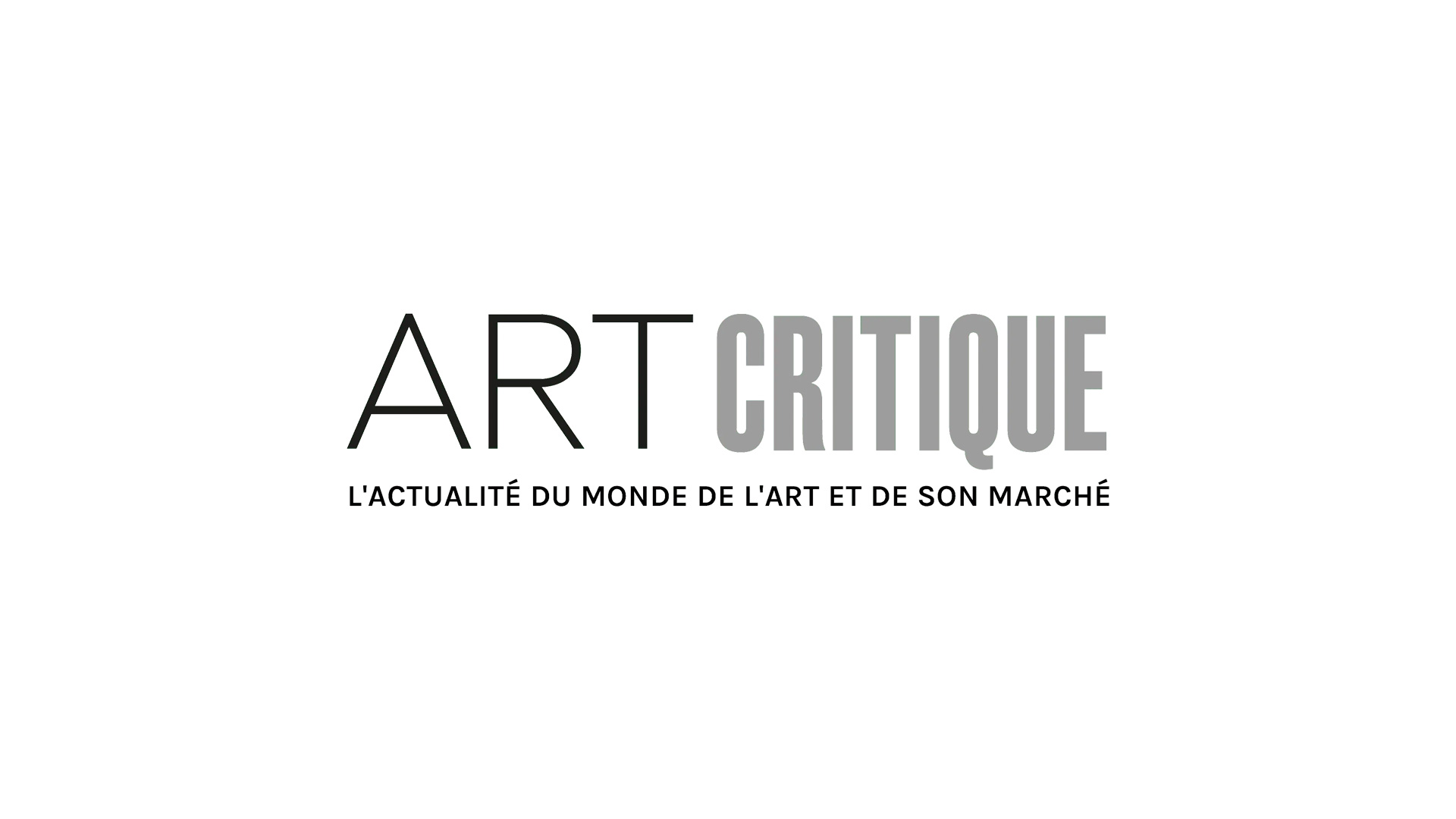In an attempt to help lessen the burden that the COVID-10 pandemic has placed on UK arts organisations, the Clore Duffield Foundation has announced that it will distribute grants totalling more than £2.5 million. The grants will head to 66 UK cultural institutions specifically to support their community and educational work as the pandemic trudges on. The series of grants by the Clore Duffield Foundation were announced only a day after London’s V&A statement that it is entering consultation that could end in 103 jobs being made redundant.
The 66 organisations that will benefit from the Clore Duffield Foundation (CDF) grants span the arts gambit, including museums, galleries, theatres, arts centres, and organisations centring on heritage, dance, and music. The foundation pointed out that even in the face of lockdown, many institutions continued community outreach, quickly adapting to their changing environments. The grants provided by the CDF, which is chaired by Dame Vivien Duffield, are meant to support the continuation of such outreach, particularly for the engagement of families and vulnerable groups. The V&A is among the organisations receiving a grant from the CDF alongside Tate galleries, the Royal Academy of Arts, the National Gallery of Scotland, the Bristol Old Vic, Kettle’s Yard, the Birmingham Royal Ballet, and others across England, Scotland, Wales, Northern Ireland.
The CDF grants offer a beacon of hope, although Duffield recognises it is only a “drop in the ocean,” which is made all the more evident by the V&A’s announcement of job cuts. The announcement expressed ways in which the museum has worked to mitigate redundancies, citing the cancellation of different programmes, a phased reopening at the start of August, dipping into the museum’s general reserve, and taking advantage of emergency relief funds offered by the UK government. It also stated that while 2020 looked to be a promising year, a five-month closure and an extensive slump in the tourism industry left them with “no choice but to review our operations and reduce the scale of our organisation overall.”
All levels of staff will be included in a review process that will sweep the institution over the next six to nine months. As part of a restructuring, the V&A hopes to reduce costs by £10 million to secure the museum’s position. Consultations will start with retail and visitor experience employees, those who are among the lowest paid in the museum. The museum has pledged to work with unions, but it’s actions have already drawn criticism from the Public and Commercial Services Union who, according to the Art Newspaper, condemned the museum management’s decision to only offer voluntary-based redundancy schemes to other museum department, not including front of house staff. Ultimately, the museum expects to cut 85 full time equivalents, which equates to 103 roles or 10 percent of the museum’s entire staff.
The V&A is not alone in its series of job cuts. Just last month, Tate Enterprises announced that more than 300 staff would be made redundant due to the strain of the pandemic and social distancing. Unfortunately, it seems almost certain that more museums will soon follow suit.





